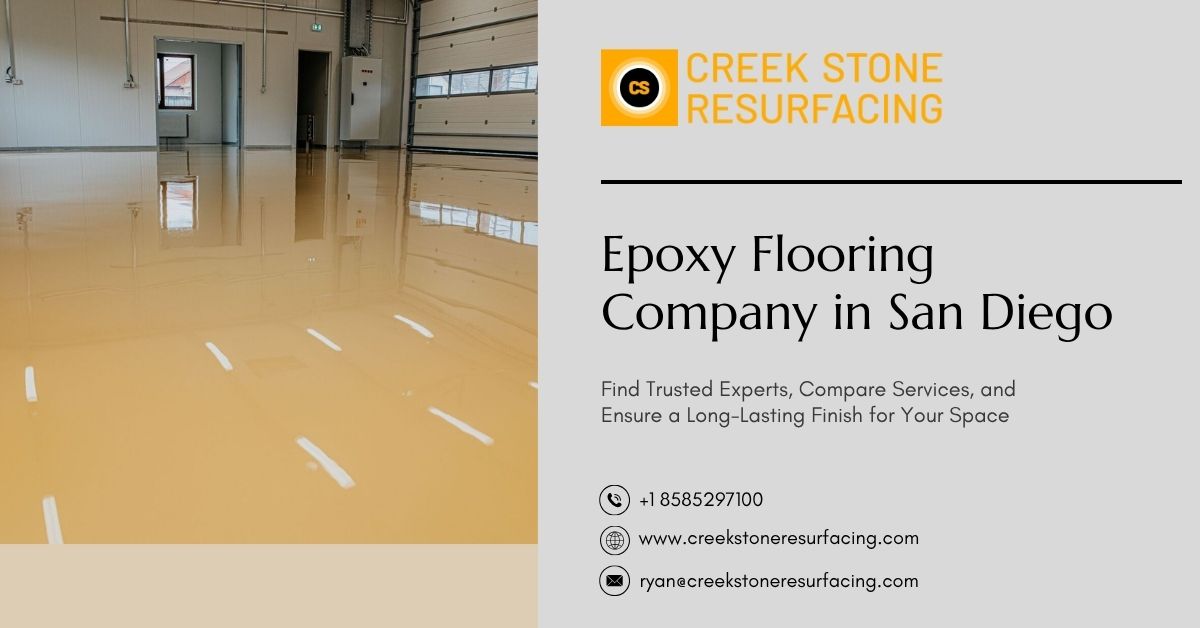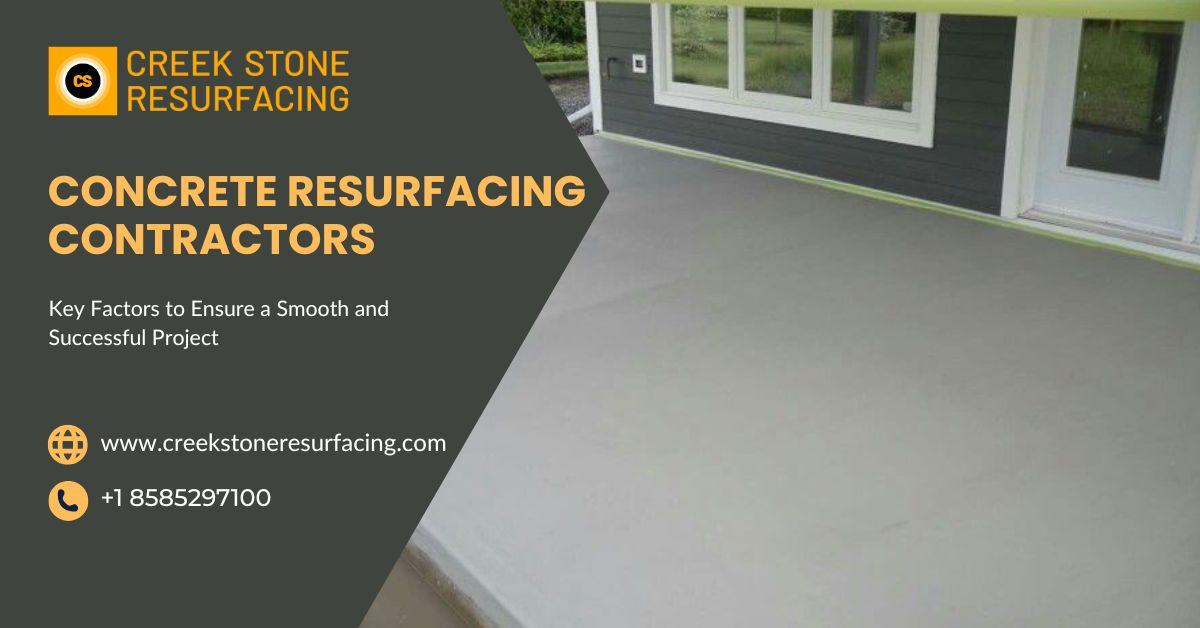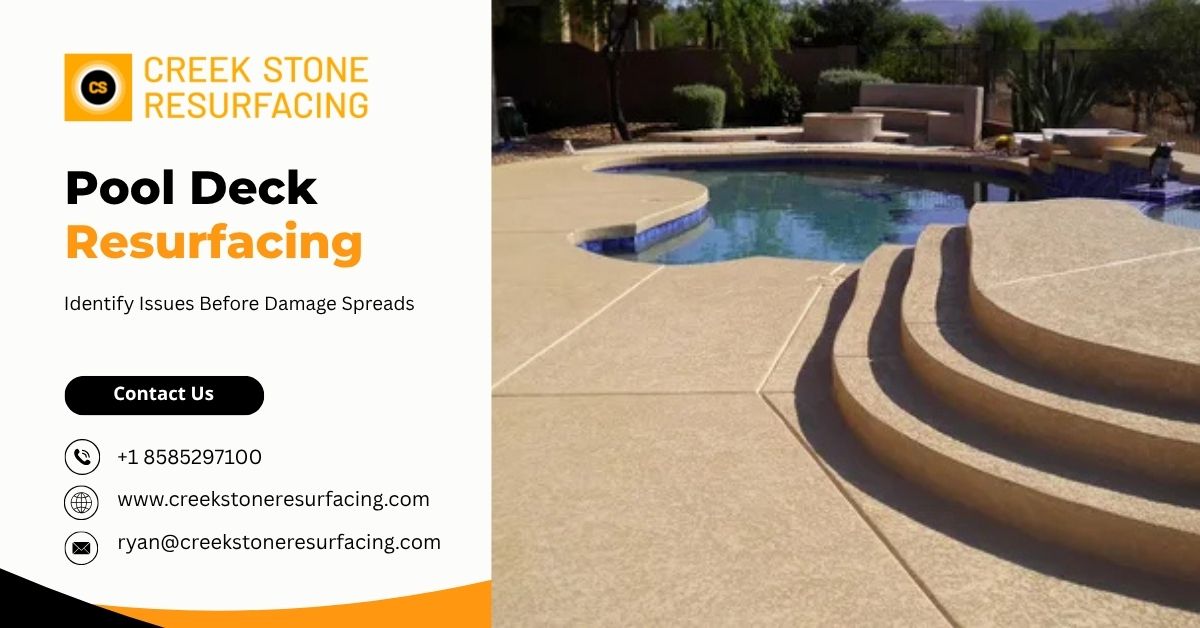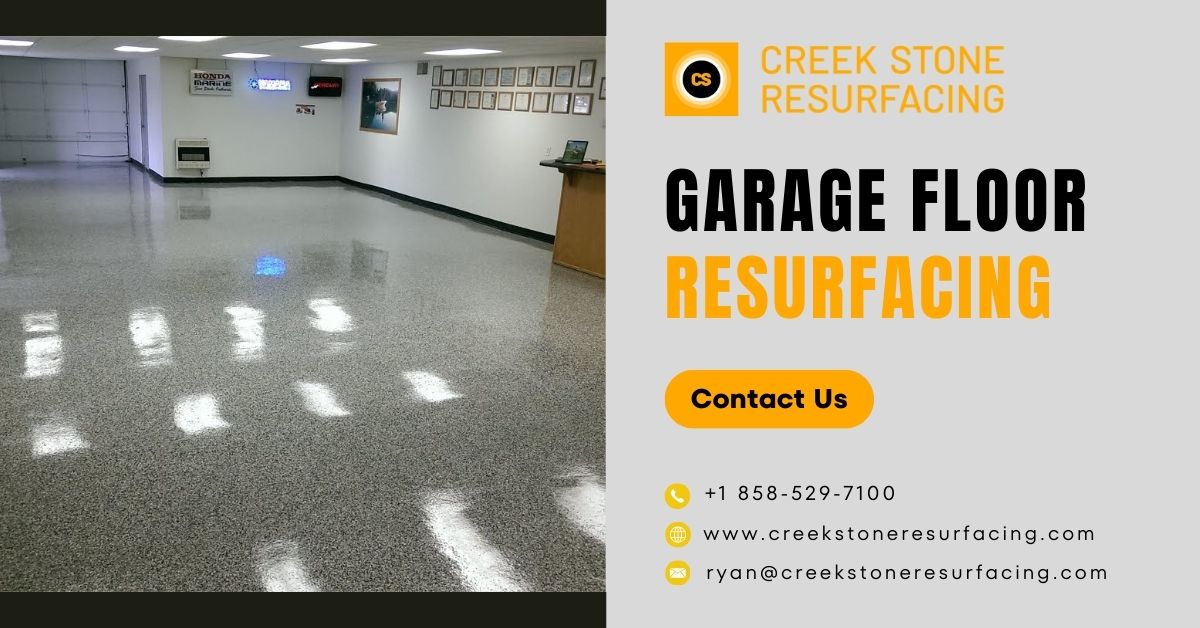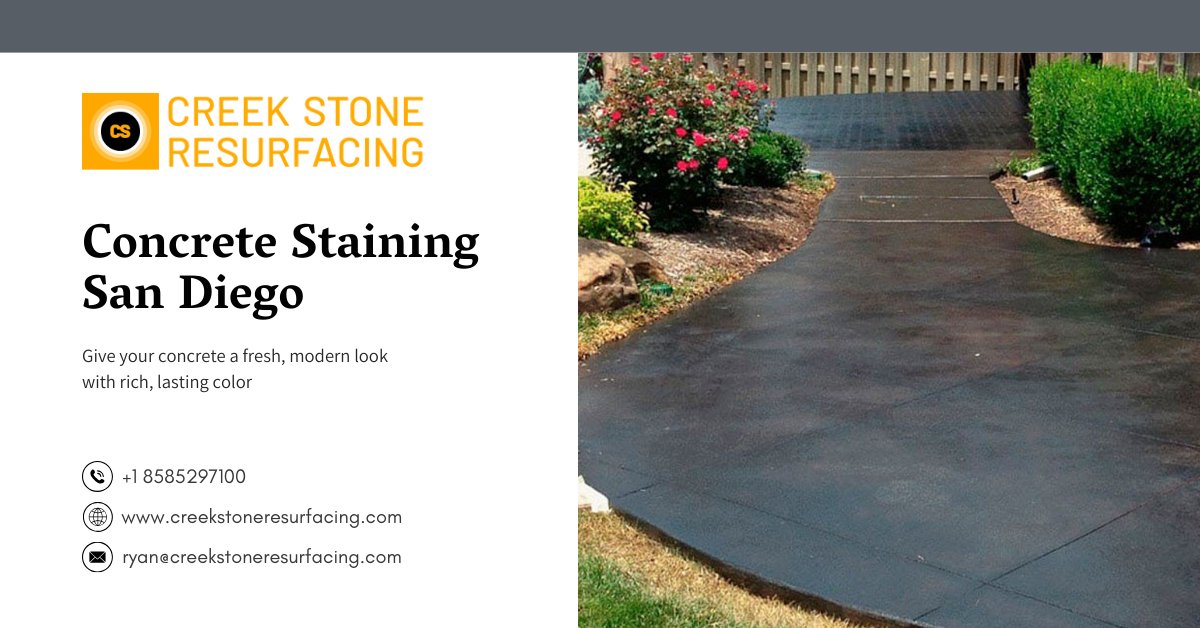Top 5 Flooring Materials for Home Interior Flooring: Pros and Cons
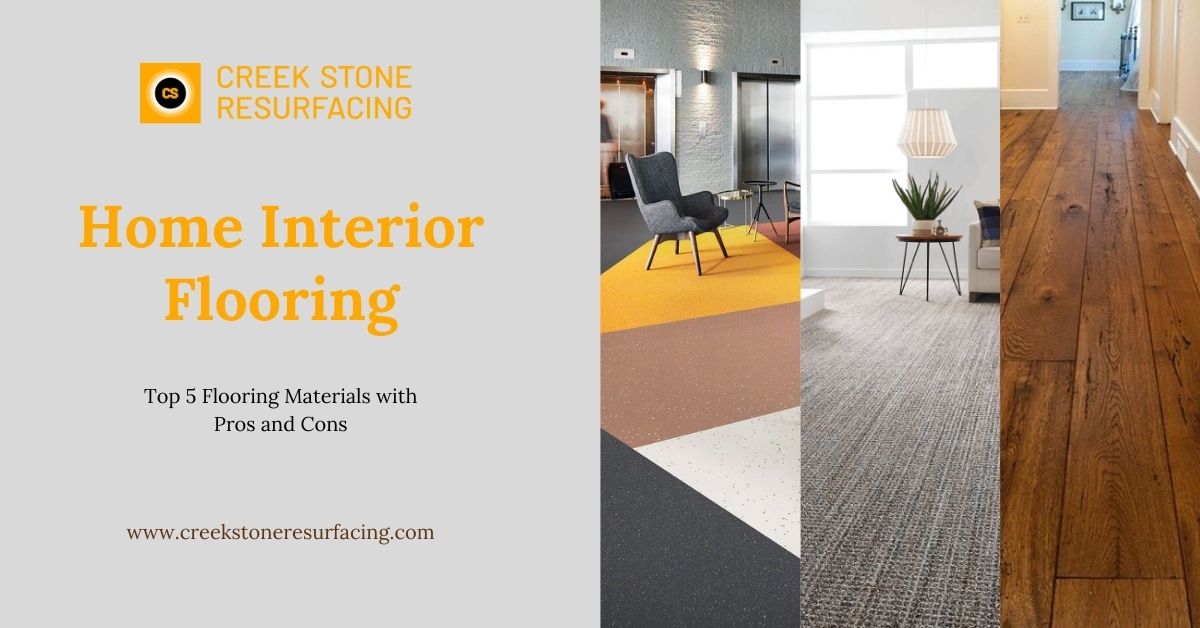
Strong 8k brings an ultra-HD IPTV experience to your living room and your pocket.
Selecting the right home interior flooring is essential to creating a comfortable, stylish, and functional living environment. Each flooring material offers unique qualities that may enhance certain aspects of your home, depending on your needs and preferences. In this guide, we dive into the top five flooring materials to explore the advantages and potential downsides of each.
1. Hardwood Flooring for Home Interiors
Hardwood is a classic choice for home interior flooring that adds timeless beauty and warmth to any space. Known for its durability, it can last for decades with proper care, making it a worthwhile investment for many homeowners.
Pros of Hardwood Flooring
- Elegant Appearance: Hardwood provides a sophisticated look that complements a variety of interior designs, from traditional to modern.
- Durability: With proper maintenance, hardwood is a resilient home interior flooring option that can withstand years of use.
- Ease of Cleaning: Hardwood floors are easy to keep clean, as they don’t trap dust, allergens, or pet hair, making them ideal for those with allergies.
- Enhanced Resale Value: Hardwood flooring often adds to a home’s resale value, appealing to prospective buyers.
Cons of Hardwood Flooring
- Costly Investment: Hardwood can be one of the most expensive flooring options, especially if premium wood types are chosen.
- Susceptibility to Moisture: Wood is sensitive to moisture and can warp if exposed to water over time, making it less ideal for humid areas.
- Easily Scratched: While hardwood is durable, it can scratch and dent from heavy furniture or pet claws, although refinishing can restore its appearance.
2. Laminate Flooring: A Budget-Friendly Option for Home Interior Flooring
Laminate flooring is a budget-friendly option that mimics the look of wood or stone. It features a composite wood base topped with a photographic layer, making it a versatile choice for homeowners.
Pros of Laminate Flooring
- Affordable: Laminate is an economical choice for those seeking stylish interior flooring on a budget.
- Scratch and Stain Resistant: Its durable top layer makes laminate resistant to scratches and stains, ideal for households with pets or children.
- DIY-Friendly Installation: Many laminate options come with click-and-lock designs, allowing for straightforward, DIY installation, which can save on labor costs.
Cons of Laminate Flooring
- Shorter Lifespan: Laminate typically lasts less long than hardwood, making it less ideal for durability.
- Can’t Be Refinished: Damaged laminate must be replaced; it can’t be sanded or refinished.
- Water Sensitivity: Most laminates can warp with moisture, limiting their use in bathrooms and kitchens.
3. Vinyl Flooring: A Versatile Choice for Home Interior Flooring
Vinyl flooring has gained popularity due to its versatility, durability, and affordability. Available in sheets, tiles, or planks, vinyl can mimic the look of hardwood, tile, or stone, making it a practical option for various home flooring styles.
Pros of Vinyl Flooring
- Water Resistance: Vinyl is water-resistant, making it an excellent choice for high-moisture areas like kitchens, bathrooms, and basements.
- Comfortable Underfoot: Vinyl offers a softer, cushioned feel, making it comfortable for standing and walking.
- Low Maintenance: Vinyl is easy to clean and doesn’t require special cleaning agents, making it suitable for busy households.
- Affordability: Compared to natural materials, vinyl is generally an affordable option for home flooring.
Cons of Vinyl Flooring
- Environmental Impact: Vinyl isn’t biodegradable and is difficult to recycle, making it a less environmentally friendly choice.
- Lower Resale Value: Unlike hardwood, vinyl flooring doesn’t significantly add to a home’s resale value.
- Prone to Dents: Heavy furniture can leave marks on vinyl, especially if an underlayment is not used.
4. Tile Flooring for High-Traffic Home Interior Flooring Areas
Tile is a durable and versatile flooring option ideal for high-traffic areas like kitchens and bathrooms. Available in ceramic, porcelain, and natural stone, it offers a wide range of design choices and exceptional durability.
Pros of Tile Flooring
- Exceptional Durability: Tile is one of the most durable home flooring options, resistant to scratches, stains, and moisture, making it ideal for kitchens and bathrooms.
- Variety of Styles: Tile comes in various colors, shapes, and finishes, allowing for endless customization to match any design aesthetic.
- Water Resistance: Tiles are highly water-resistant, making them perfect for humid environments and high-traffic areas.
- Easy to Maintain: Tile flooring is relatively easy to clean and can withstand harsh cleaning products.
Cons of Tile Flooring
- Cold and Hard Surface: Tiles can feel uncomfortable underfoot, especially in colder climates without radiant heating.
- Labor-Intensive Installation: Installing tile requires specialized tools and skills, often needing a professional.
- Slippery When Wet: Some tile finishes can be slippery, posing safety risks in bathrooms and kitchens.
4. Carpet Flooring: A Cozy Option for Home Interior Flooring
Carpet flooring is favored in bedrooms and living rooms, where warmth and comfort are prioritized. It provides a soft and inviting surface for home flooring, available in a variety of colors, patterns, and textures.
Pros of Carpet Flooring
- Comfort and Warmth: The carpet adds coziness, making it ideal for bedrooms.
- Noise Reduction: It absorbs sound, perfect for multi-story homes or apartments.
- Safety: The carpet provides a non-slip surface, reducing fall risks for children and the elderly.
- Wide Range of Styles: With countless colors and textures, carpet can match nearly any interior decor style.
Cons of Carpet Flooring
- Stain Prone: The carpet is susceptible to stains, especially lighter colors, and may require frequent cleaning.
- Shorter Lifespan: Carpet typically lasts 5-10 years, meaning it may need to be replaced more frequently than other home flooring types.
- Difficult to Clean: The carpet requires regular vacuuming and occasional deep cleaning to maintain its appearance.
Conclusion
Choosing the best home interior flooring depends on your budget, lifestyle, and aesthetic preferences. Whether you opt for the elegance of hardwood, the affordability of laminate, the versatility of vinyl, the durability of tile, or the comfort of carpet, each material has its advantages and considerations. Take time to assess the characteristics of each flooring option, ensuring that you select the one that best complements your lifestyle and enhances the look and feel of your home.
Note: IndiBlogHub features both user-submitted and editorial content. We do not verify third-party contributions. Read our Disclaimer and Privacy Policyfor details.



